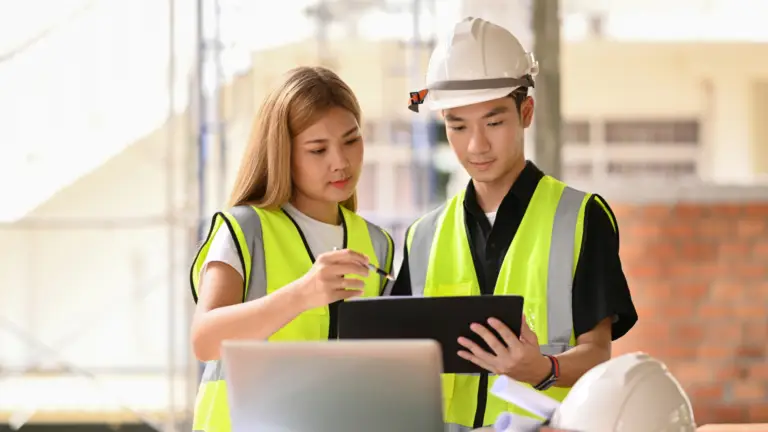Safety in construction is of utmost importance for both workers and the success of projects. In this blog, we will explore the importance of having safety measures in construction and how they guarantee the protection of lives and excellence at every stage of the process. Discover why construction safety should be an absolute priority and how effective practices can be implemented to create safe work environments.
For more information about AH construction click HERE
Safety Culture:
Construction safety is not just about complying with rules and regulations. It is crucial to create a safety culture where everyone involved in the project is committed to the protection and well-being of all workers. Fostering a safety culture involves active involvement from top management, proper training of staff, and promoting individual responsibility in implementing safe practices.
Accident Prevention:
The implementation of appropriate safety measures aims to prevent accidents and injuries in the workplace. This involves identifying and evaluating potential risks associated with tasks and working conditions, and taking proactive measures to minimize or eliminate those risks. Accident prevention is crucial to ensure worker safety and avoid delays and additional costs in the project.
Personal Protective Equipment (PPE):
The proper use of personal protective equipment (PPE) is essential for worker safety in construction. This includes items such as helmets, safety glasses, gloves, protective footwear, and harnesses. Providing and enforcing the correct use of suitable PPE for each task and work environment is crucial to reduce the risk of injuries and protect the physical well-being of workers.
Safety Training:
Safety training is a critical part of any construction safety program. All workers must receive proper training on safety procedures, hazard identification, and the correct use of personal protective equipment. Ongoing and updated training ensures that workers are aware of best safety practices and know how to respond appropriately in emergency situations.
Inspections and Supervision:
Regular inspections and effective supervision are key components in maintaining safety at construction sites. This involves conducting periodic inspections to identify potential risks and ensuring that appropriate safety measures are being implemented. Additionally, having trained supervisors responsible for monitoring compliance with safe practices ensures a safe work environment and prompt correction of any issues that may arise.
Communication and Participation:
Clear and effective communication is crucial for maintaining safety in construction. This involves establishing open and transparent communication channels where workers can report potential risks, incidents, or safety concerns. Additionally, encouraging active participation of workers in decision-making related to safety and promoting a culture of constructive feedback improves workplace safety and fosters an environment of trust and collaboration.
Access Control and Hazardous Areas:
Establishing proper access control and restricting entry to hazardous areas is essential for ensuring construction safety. This includes using clear and visible signage, physical barriers, and permitting systems to limit access to high-risk areas. These measures help prevent accidents and ensure that only authorized and properly trained personnel can enter potentially dangerous areas.
Evaluation and Continuous Improvement:
Construction safety is a continuous process of evaluation and improvement. Conducting regular risk assessments, collecting data on incidents and accidents, and conducting regular reviews of the safety program allows for the identification of areas for improvement and appropriate corrective actions. Continuous improvement ensures that safety measures are up-to-date and aligned with industry best practices, providing a safe work environment and protecting the lives and well-being of workers.
Construction safety is crucial to ensure the protection of lives and excellence in projects. From fostering a safety culture to implementing effective measures for prevention, training, and supervision, it is essential to prioritize safety at every stage of the construction process. By creating a safe work environment, workers are protected, and delays and additional costs are avoided. Construction safety should be a shared responsibility and a common goal for all involved in the construction industry.
To view AH Construction’s projects click HERE




